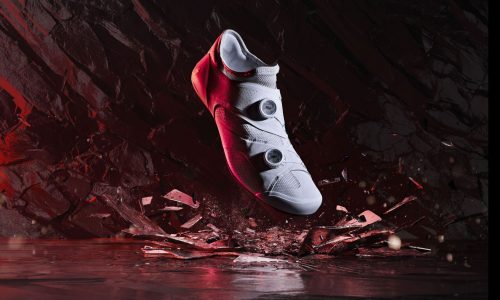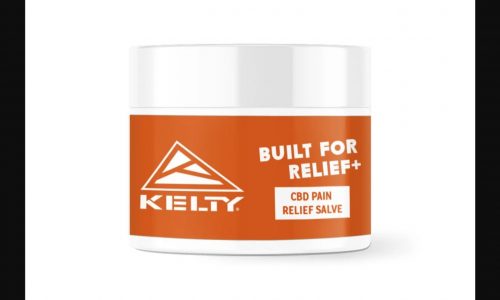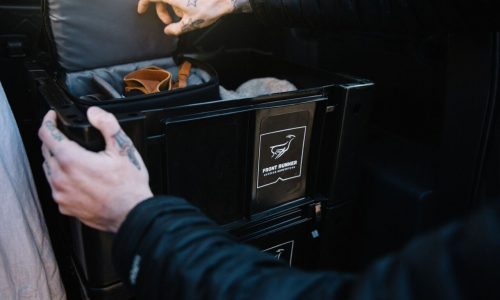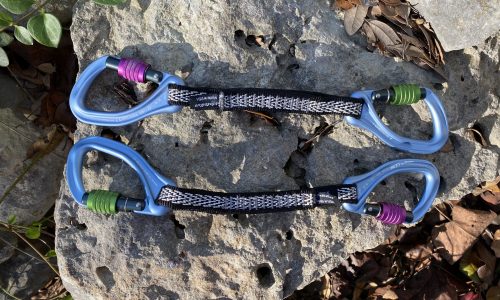After 30 years in limbo, the U.S. Food and Drug Administration finally announced on June 14, 2011, that sunscreen products meeting modern standards for effectiveness may be labeled with new information to help consumers find products that, when used with other sun protection measures, reduce the risk of skin cancer and early skin aging, as well as help prevent sunburn.
The final regulation allows sunscreen products that pass the FDA’s test for protection against both ultraviolet A (UVA) and ultraviolet B (UVB) rays to be labeled as “Broad Spectrum.” Both UVB and UVA radiation contribute to sunburn, skin cancer, and premature skin aging. Sunburn is primarily caused by UVB radiation.
“FDA has evaluated the data and developed testing and labeling requirements for sunscreen products, so that manufacturers can modernize their product information and consumers can be well-informed on which products offer the greatest benefit,” said Janet Woodcock, M.D., director of the FDA’s Center for Drug Evaluation and Research.
Products that have SPF values between 2 and 14 may be labeled as Broad Spectrum if they pass the required test, but only products that are labeled both as Broad Spectrum with SPF values of 15 or higher may state that they reduce the risk of skin cancer and early skin aging, when used as directed.
Any product that is not Broad Spectrum, or that is Broad Spectrum but has an SPF between 2 to 14, will be required to have a warning stating that the product has not been shown to help prevent skin cancer or early skin aging.
The new regulations will become effective for most manufacturers in one year. Manufacturers with annual sales less than $25,000 have two years to comply.














